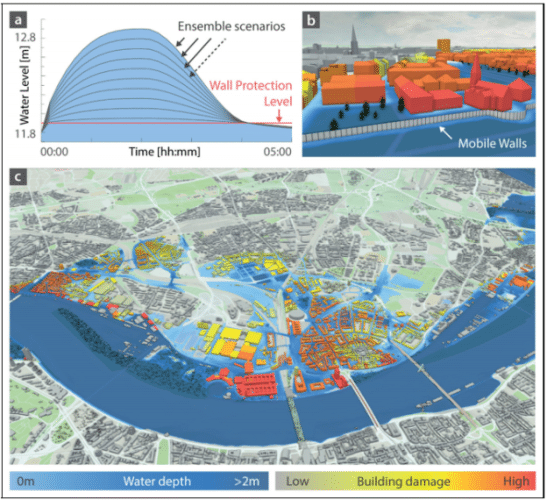NVIDIA: 5 Organizations Changing the World for Better with GPUs
Sadako’s innovative robot earned the company a \\$100,000 prize at our Early Stage Challenge, held during the Emerging Companies Summit at our recent GPU Technology Conference.
Testing the Waters: Science as Good as the Data
Sea levels are rising — and so is the accuracy of sea-level measurements, thanks to GPU-using researchers at Sweden’s Chalmers University of Technology. Traditional research measures sea levels in relation to land gauges. However, plate tectonics mean that the Earth’s crust could be moving as well, botching the data.
The Chalmers team is tackling this problem using a technique called global navigation satellite system reflectometry, which collects sea level data with centimeter-level accuracy. The team uses GPUs and CUDA cuFFT libraries to process in real time a 800 mbps stream of data from GPS receivers along coastlines as well as reflections of GPS signals that bounce off the water’s surface.
Before the Flood

Floods can tear apart towns and farmland — but understanding what a flood may look like before it arrives lets decision-makers assess ways to minimize physical and economic damage. Researchers at Vienna University of Technology and visual computing firm VRVis are helping researchers prepare for floods by simulating real-world floods on GPUs.
Using a GTX TITAN GPU and our CUDA programming model, the team modeled the potential effects of Germany’s Rhine River rising above flood protection walls in Cologne. Their simulation identified expected damage at a range of potential floodwater depths, helping researchers evaluate the risks of various situations in record time.
Picturing Better Produce
To feed a rising population, researchers are using genome sequencing tools to identify crop genes and potentially generate higher yields. The work requires a close look at the genetic structures of grains, so Clemson University researchers have developed a visualization tool that uses CUDA and GPUs to create detailed graphs and renderings of gene structures.
They’re building connections between related species like maize and rice to find gene nodes they have in common. Aligning these genes would take hours without GPUs — on a virtualized cluster, their tool produces results in seconds.
Bat-tling Extinction
Three-quarters of bat species are endangered or critically endangered. These winged creatures use echolocation as they fly through the night eating insects, dispersing seeds and pollinating flowers.
Researchers at the University College London, an NVIDIA GPU Research Center, have compiled a library of bat sounds from Mexico. With this collection, they use machine learning to classify unknown bat calls with 72 percent accuracy. The team plans to harness their dataset to monitor bat populations over time as the climate and land use changes around them.




Комментарии